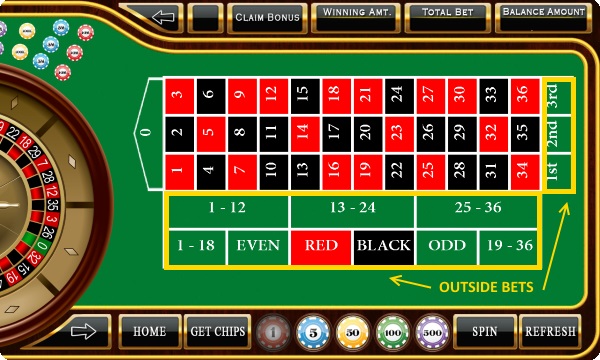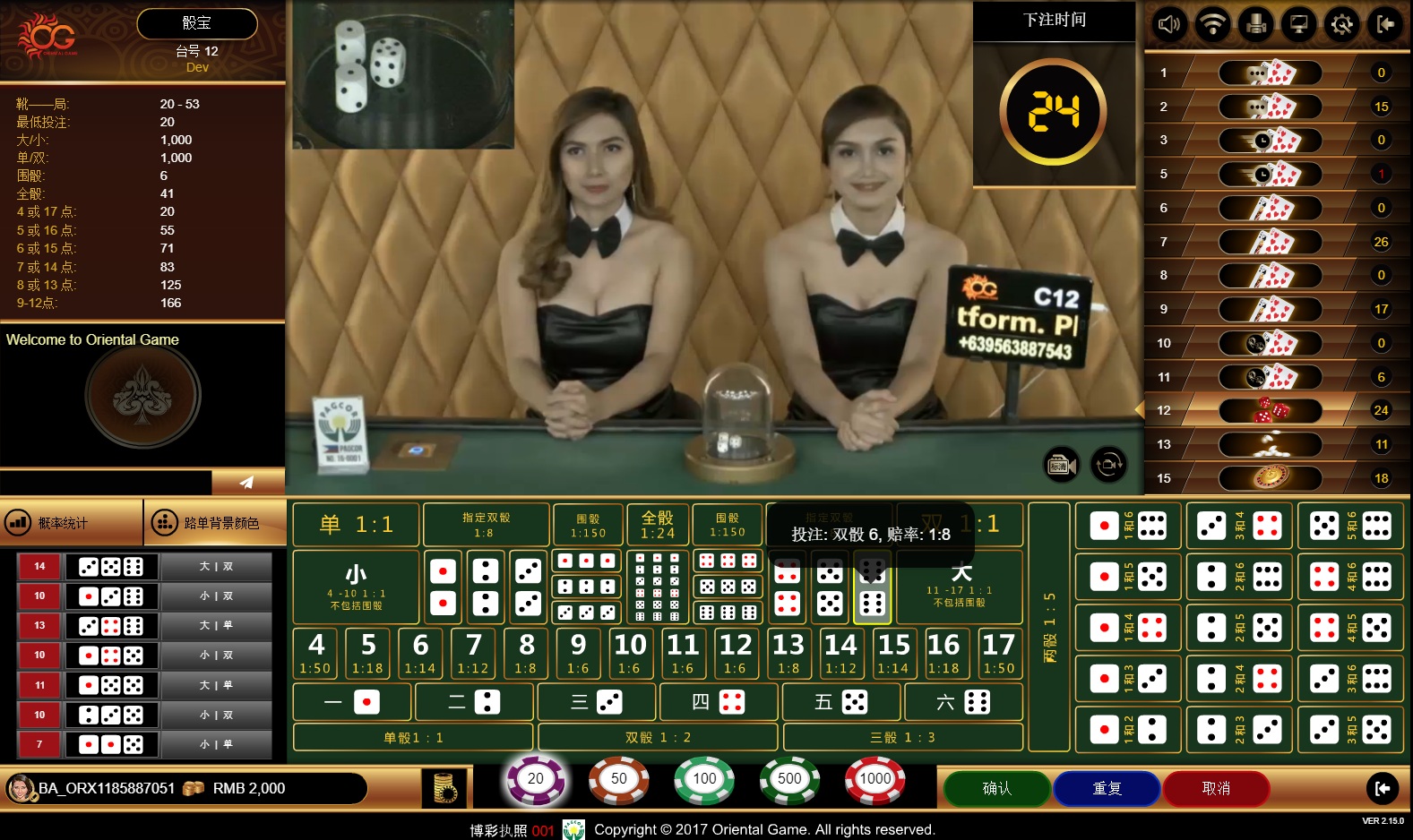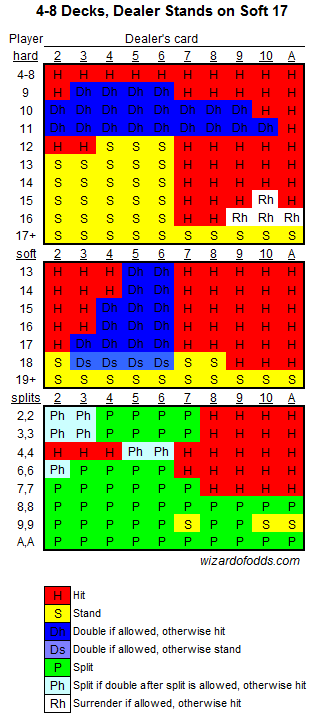Roulette Odds Even
Play online roulette for free before choosing a casino. Here's how the sums work: EUROPEAN TABLES (single zero) Most European roulette tables have 37 holes numbered 0-36. The 0 is coloured green, the other numbers are red or black (18 of each). There are lots of places to play online roulette. The all time favourites – European Roulette and Blackjack are also now available online. The excitement and the suspense is all same in the online version of these classic games, the only difference is that there is no more waiting and hanging around at a physical casino.

How many times in a row has a little ball landed in the same pocket of a Roulette wheel, i.e. how many times has a single number occurred in a row? And how about the same color? What is the probability of these events and a potential impact on a play?
Record Occurrence of a Single Number in Roulette
The probability that any single number occurs is 1/37 in French Roulette and 1/38 in American Roulette (there are 36 numbers + zero + double zero in American Roulette). There is no doubt that it is a great coincidence when the same number comes up again and again.
The longest reliable series was registered at the hotel El San Chuan in Puerto Rico on 9 June 1959. During the course of the American Roulette, number ten occurred even six times in a row! The probability of such (successive) events is determined by a multiplication of individual events. Therefore the probability that the same number comes up six times in a row is:
(1/38) ˟ (1/38) ˟ (1/38) ˟ (1/38) ˟ (1/38) ˟ (1/38), that is:
(1/38)6 = 0.000000000332122593261671.
That is a very small number indeed, roughly three billionths only. If we convert this probability into true odds that would have to be offered to us by a casino, we get the value 3,010,936,384 to one. The true (fair) odds are calculated as a reciprocal of the probability, that is 1 ÷ probability. If such a bet on a series of outcomes was possible in Roulette, we would win $3 billion for a $1 bet(!)
It is important to add that the above-mentioned calculation of probability deals with a multiple (successive) events, i.e. we can ask this question: What is the probability that the same number in Roulette comes up 6 times in a row?
Since it would be a different case if e.g. number 10 occurred and after that before the new spin we asked what was the probability that number ten came up again? In this case the answer would be 1/38 (in terms of American Roulette), because any number could occur with the same probability 1/38 in every new spin. That is what we call a simple event in contrast with a multiple event(s) whereas the probabilities of individual events are multiplied (→ Articles on Probability).
The true odds for a 1 to 10fold repetition of the same number are shown in the table below. It is the same mechanism as if a sporting bet company or a casino offered the odds for a victory of some home team in some football match (→ The Odds Determination and Calculation).
| The Same Number Comes Up in a Row | True Odds to One in FRENCH Roulette | True Odds to One in AMERICAN Roulette |
|---|---|---|
| 37 | 38 | |
2˟ | 1,369 | 1,444 |
| 50,653 | 54,872 | |
4˟ | 1,874,161 | 2,085,136 |
| 69,343,957 | 79,235,168 | |
6˟ | 2,565,726,409 | 3,010,936,384 |
| 94,931,877,133 | 114,415,582,592 | |
8˟ | 3,512,479,453,921 | 4,347,792,138,496 |
| 129,961,739,795,077 | 165,216,101,262,848 | |
10˟ | 4,808,584,372,417,850 | 6,278,211,847,988,230 |

The odds are reciprocal values of the probabilities – the higher they are, the lower the probabilities are. The case of the above-mentioned record series is marked green. Consider also the difference that is made by one extra number in American Roulette (the double zero).
Record Repetition of the Same Color in Roulette
There are no exceptions that the same color appeared more than 20 times in a row in practice. The record was registered in 1943, when red color came up 32 times in a row! The probability of such event in French Roulette is (18/37)32 = 0.000000000096886885 with the corresponding odds 10,321,314,387:1.
The probability of the 32fold repetition of the same color in American Roulette is much more lower: (18/38)32 = 0.00000000004127100756 and the odds are 24,230,084,485:1. Thus this is even less likely than occurrence of a single number six times in a row. Again it is clearly demonstrated what kind of importance (a negative one for players) has just one extra number in American Roulette.
Now imagine that you used the Martingale betting strategy (→ see the first test of the Martingale system), whereas the next bet is doubled if your bet loses...
→ Testing & Simulations of Roulette Bets & Strategies
Three rounds of the game, showing two, three and four fingers. | |
| Genre(s) | Hand game |
|---|---|
| Players | 2 |
| Setup time | None |
| Playing time | Instant |
| Random chance | None |
| Skill(s) required | Psychology |
Odds and evens is a simple game of chance and hand game, involving two people simultaneously revealing a number of fingers and winning or losing depending on whether they are odd or even, or alternatively involving one person taking picking up coins or other small objects and hiding them in their closed hand, while another player guesses whether they have an odd or even number. The game may be used to make a decision or played for fun.
The finger game is also known as swords, choosies, pick, odds-on poke, or bucking up.[1] This zero-sum game, a variation of the ancient morra and par-impar,[2] is played in Europe and the US, especially among children.
History[edit]
Roulette Even Odds Payout

This game was known by the Greeks (as artiazein) and Romans (as ludere par impar). In the 1858 Krünitzlexikon it says:[3]'The game Odds and Evens was very common amongst the Romans and was played either with tali, tesseris, or money and known as 'Alea maior', or with nuts, beans and almonds and known as 'Alea minor'.'[4]
A medieval reference is found in the Renner by Hugo von Trimberg (verse 2695).
Odds and Evens (Gerade und Ungerade) is included in the list of games prohibited in Austria-Hungary in 1904 by the Ministry of Justice.
Playing[edit]
The game has similarities with the finger game of Morra or Fingerlosere one person hides their hand and then quickly folds or extends one's fingers and the other player has to guess how many fingers are folded or extended.[5]
In Odds and Evens, however, individuals prepare by deciding who will be assigned odds and who will be evens. Then, one or both people say 'One, two, three, shoot!' or 'once, twice, three, shoot!'[6] As the word 'shoot' is said, the two people quickly and simultaneously thrust a fist into the center, extending either an index finger, or both the middle and index finger, indicating one or two. The sum total of fingers displayed is either odd or even. If the result is odd, then the person who called odds is the victor, and can decide the issue as they see fit.[7][8][9] Often, the participants continue to shoot for a best two out of three.[10]
Roulette Odds Event
From a game-theoretic perspective, the game is equivalent to matching pennies. See that article for analysis of the strategies and chances of winning.
Adaption[edit]
The name Even-Odd or EO (Gerade und Ungerade) was even given to a predecessor of roulette in the 18th century. This continues today in modern roulette in the bets on Pair and Impair.
Roulette Odd Even
See also[edit]
- Chetno i likho – a game of chance where the players have to guess if the hidden objects are even or odd.
- Coin flipping – a method of making a yes-or-no decision at random.
- Drawing straws – a method of making a group decision - choosing one member of the group.
- Matching pennies – a game of chance with a similar strategic structure, using coins instead of fingers.
- Parity game – an unrelated (and much more complicated) two-player logic game, played on a colored graph.
- Rock paper scissors – a game where each player has three alternatives instead of two.
References[edit]
- ^Cohon, Jared L (2004). Multiobjective Programming and Planning. Courier Dover Publications. p. 234. ISBN978-0-486-43263-2.
- ^'A Dictionary of Greek and Roman Antiquities'. www.perseus.tufts.edu. 1890. Retrieved 2016-02-06.
- ^Krünitzlexikon von 1858
- ^http://www.kruenitz1.uni-trier.de/xxx/g/kg01509.htm
- ^Meyers Konversationslexikon 1885-1892, Stichwort Gerade und Ungerade
- ^https://www.youtube.com/watch?v=4ZOLs03vILs.Missing or empty
title=(help) - ^'Odds and Evens'. Elliott Avedon Museum and Archive of Games. University of Waterloo. Retrieved 2011-11-15.
- ^Matthews, Patrick (25 October 2010). 'Throwing Fingers: Odd & Even'. Games For Educators. Retrieved 2011-11-15.
- ^'Game Theory'(PDF). Advance Praise for Introduction to Operations Research.
- ^Wise, Debra; Forrest, Sandra (2003). Great Big Book of Children's Games. McGraw-Hill Professional. p. 16. ISBN978-0-07-142246-8.



